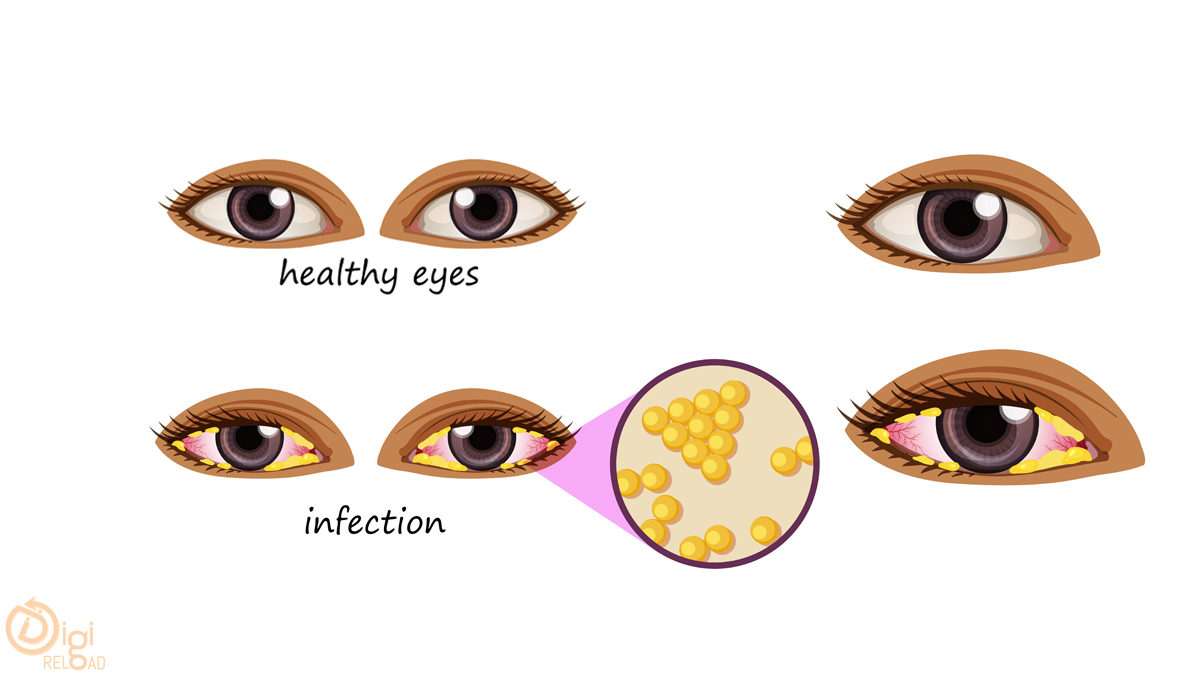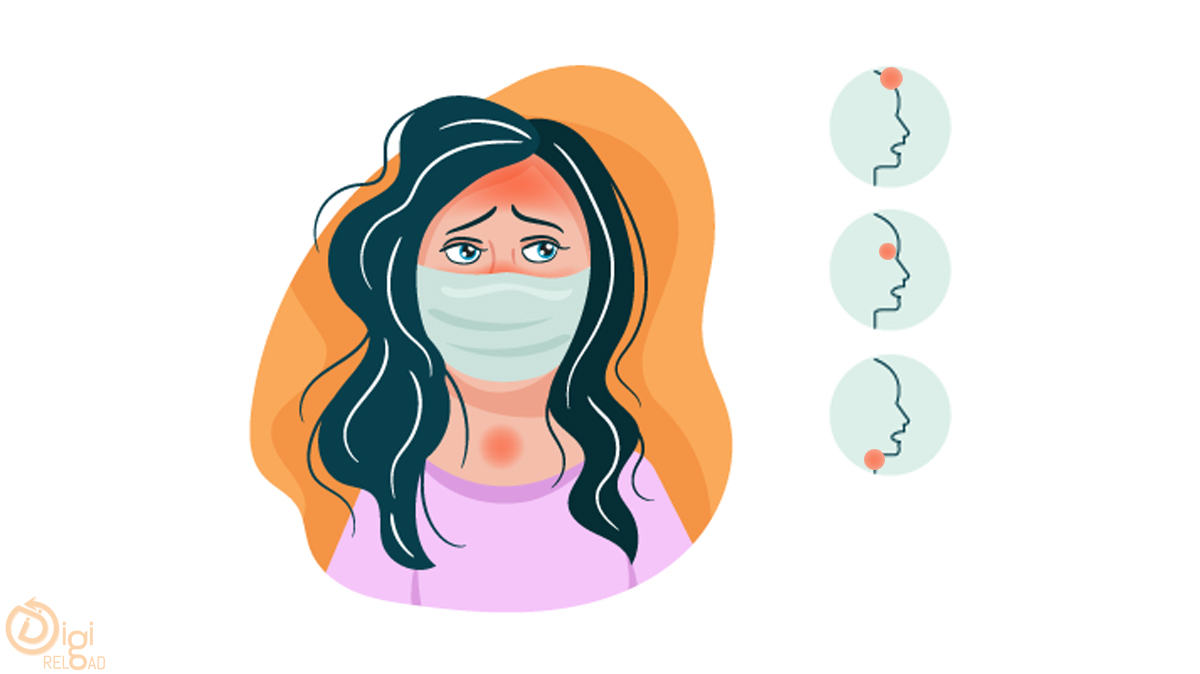With the ongoing pandemic hitting its second phase in India, there's a latest dread hovering over the lives of the population - Mucormycosis a.k.a the Black Fungal Disease. There has been a surge in cases, with multiple states reporting numerous Mucormycosis cases also known as the black fungus infection.
In this blog we will enlighten you on various factors related to Mucormycosis - What is Mucormycosis, How does Mucormycosis infection happen, what are Mucormycosis symptoms, what is available Mucormycosis treatment, and what precautions to take to prevent Mucormycosis.
What is Mucormycosis (Black Fungal Infection) and How does black fungal infection happen?
Mucormycosis is a serious fungal infection caused by a group of molds called mucormycetes. These molds are fungi found on decaying fruits, vegetables, decaying organic matters such as compost, rotting wood, and soil. These factors result in the surrounding getting infected with the fungal spores.
When people come in contact with these fungal spores through breathing in such an environment, these mucormycetes infect the lungs and cause Mucormycosis.
We deal with these fungi in our day-to-day life and it doesn't affect us due to our healthy immune system. But if a person is already weak due to some ongoing medical treatment, this fungus can cause a serious infection.
What are Mucormycosis symptoms?
The Mucormycosis fungal infection may show different symptoms as it infects different organs of the body. Following are black fungal infection symptoms according to different body zones -
Cutaneous Mucormycosis which affects the skin has the following symptoms:
- Blisters Or Ulcers
- Turning Black Of The Infected Area
- Pain Around The Wound
- Excessive Redness And Swelling Around The Wound
Gastrointestinal Mucormycosis which affects the intestines has the following symptoms:
- Abdominal pain
- Nausea and vomiting
- Gastrointestinal bleeding
Pulmonary Mucormycosis which affects the lungs has the following symptoms:
- Fever
- Cough
- Chest pain
- Shortness of breath
The most deadly of all, Rhinocerebral Mucormycosis which affects the sinus and brain has the following symptoms:
- One-sided facial swelling
- Headache
- Nasal or sinus congestion
- Black lesions on nasal bridge or upper inside of the mouth that quickly become more severe
- Fever
- Nasal bleeding
- Redness around eyes
- Pain around the nose area
What precautions to take to prevent Mucormycosis?
As per studies most of the Mucormycosis COVID cases have had a history of diabetes or prolonged ICU exposure. So it is concluded that uncontrolled diabetes, immunosuppression, and misuse of steroids are the three common reasons among the patients with this infection.
In order to prevent black fungus disease from attacking you, follow these precautions-
- Most importantly, avoid activities that involve close contact with soil or dust, such as yard work or gardening.
- Wear shoes, long pants, and a long-sleeved shirt to cover yourself when doing outdoor activities such as gardening, yard work, or visiting wooded areas.
- Throw away rotten substances and keep your kitchen, fridge, and surrounding hygienic.
- Avoid areas with a lot of dust like construction or excavation sites or use a proper mask if a visit is a must.
- Wear gloves when handling materials such as soil, moss, or manure.
- Monitor blood glucose level post- COVID-19 discharge.
- Control hyperglycemia.
Mucormycosis treatment
Mucormycosis is a deadly infection and needs properly prescribed antifungal medicine for treatment. Usually, 3 drugs are used to treat Mucormycosis, Amphotericin B, Posaconazole, or Isavuconazole.
These medicines are either injected through the vein or can be given orally.
If the condition gets severe, Mucormycosis requires surgery to cut away the infected tissue.

















.png)